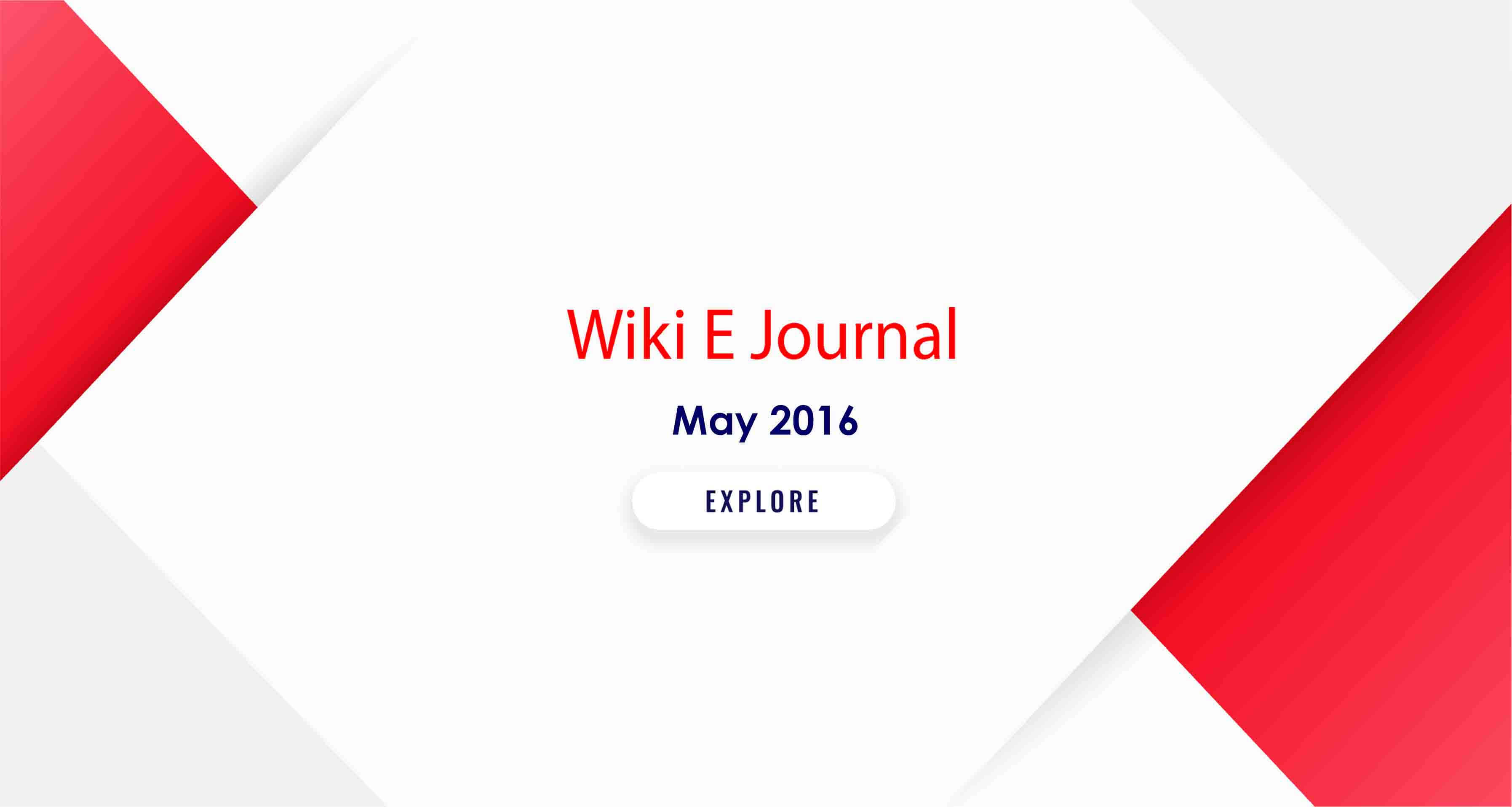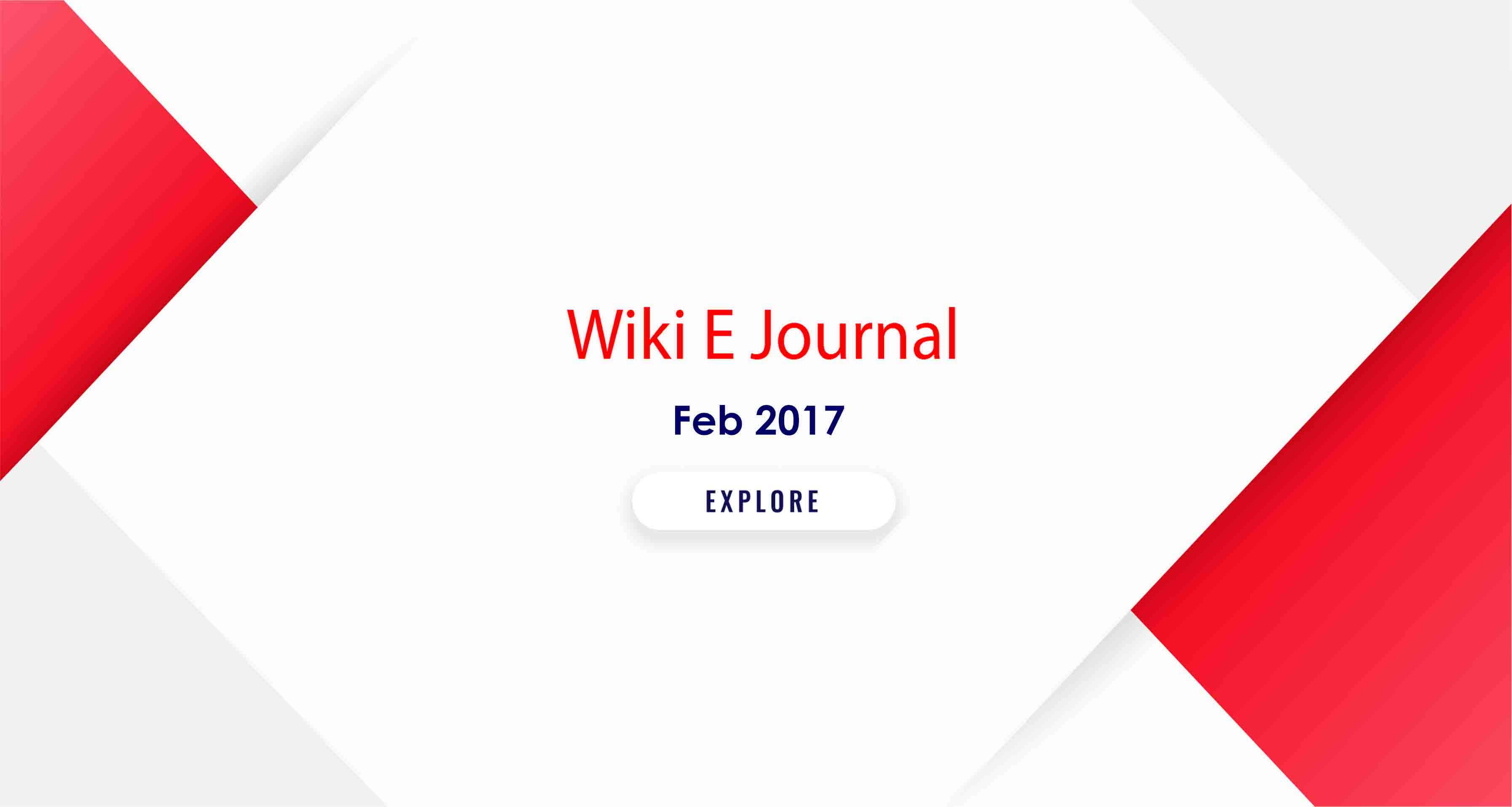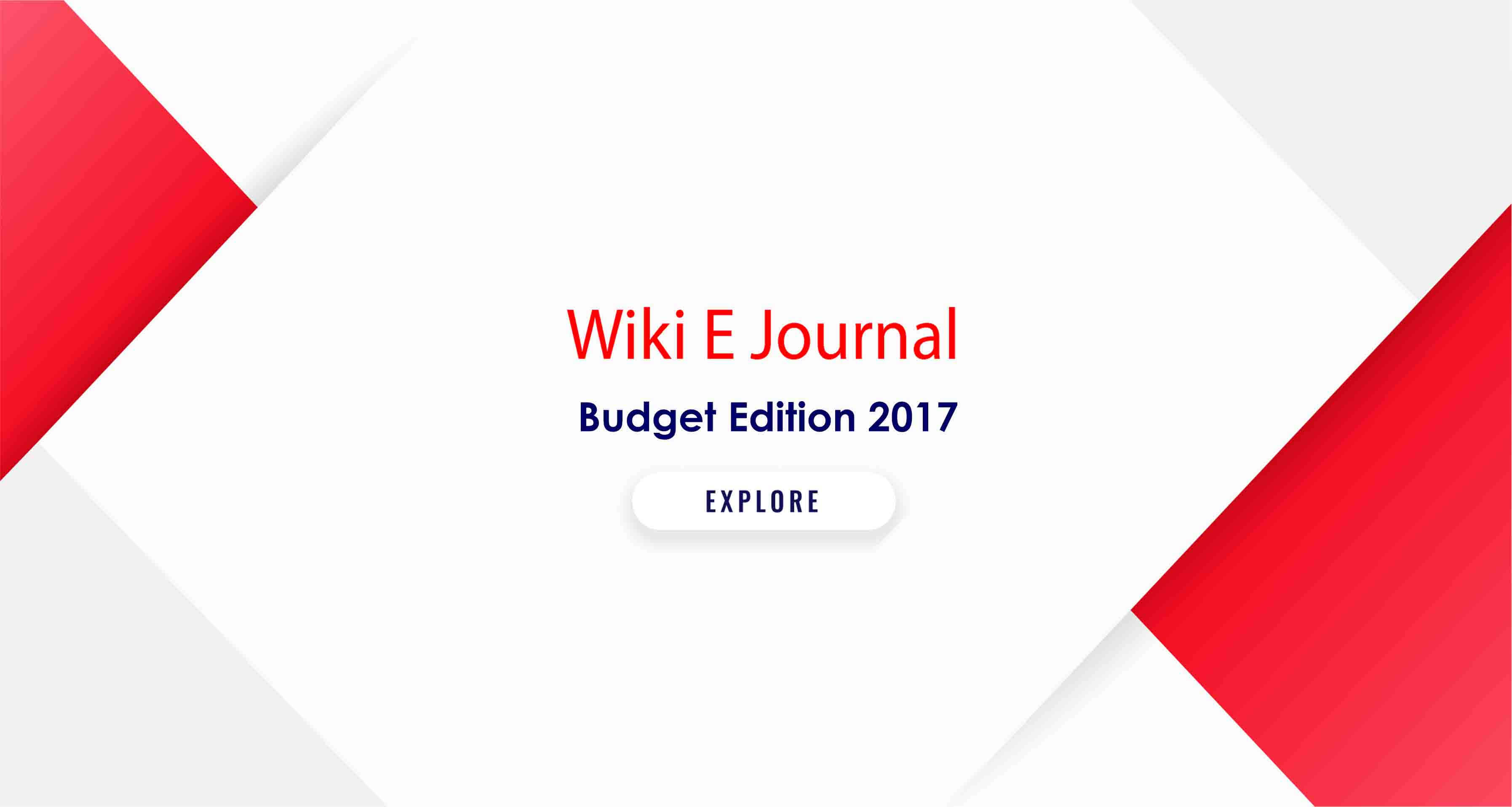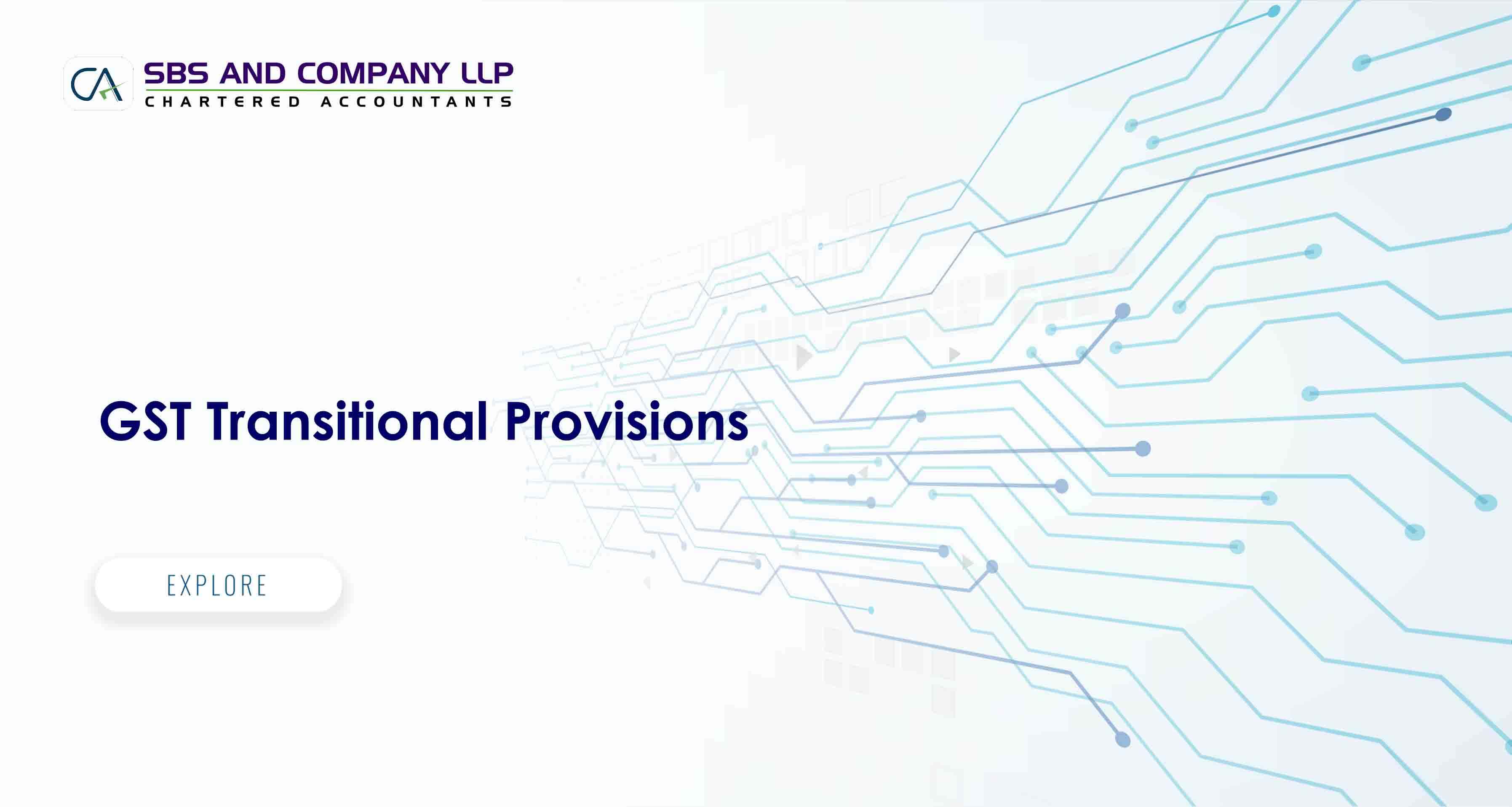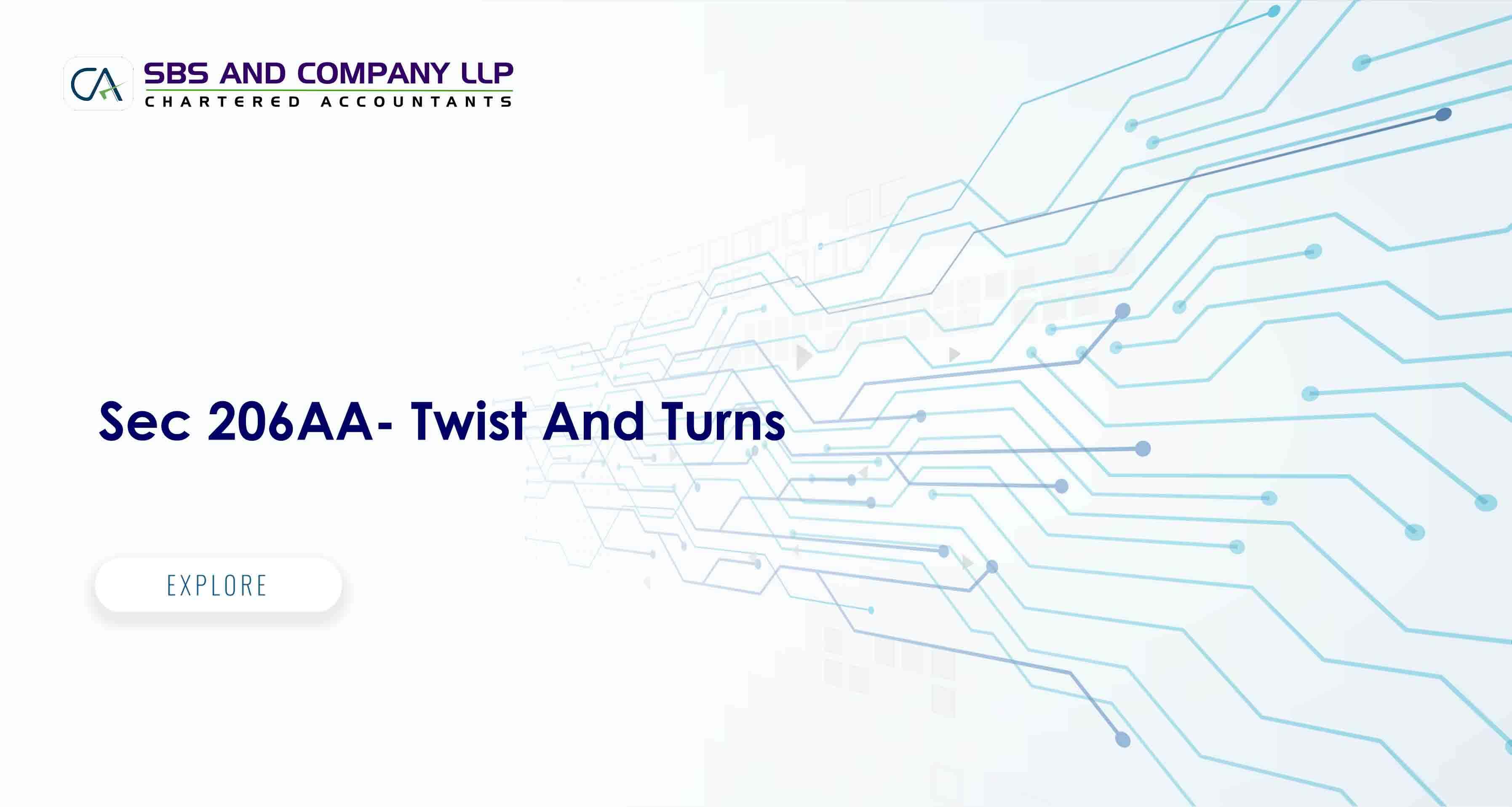INTRODUCTION:
The GST Council in its last concluded meeting broke the deadlock on progress of GST implementation i.e. administrative control of the Centre and States. It is broadly agreed that revised target date for implementation of GST in India as 01st July, 2017. In the meantime, finalization of GST draft legislations are on the cards. The transitional provisions under Draft GST law takes significant importance now as they are going to decide the fate of input tax credits and tax treatment of certain transactions that are going to take place during this transition period viz. stock returns, stock in transit, job work. After the introduction of Draft GST Law in June, 2016; many recommendations were made on various aspects including transitional provisions. Most of the recommendations relating to transitional provisions are duly considered and incorporated under the Revised GST law; However, in the process of incorporating such recommendations, certain new issues have emerged. This article aims to highlight few of such issues.
ACCUMULATED CENVAT CREDIT— CARRY FORWARD VIS-À-VIS ELIGIBILITY UNDER GST:
Section 167 of the Revised GST Law provides— “A registered taxable person, other than a person opting to pay tax under section 9, shall be entitled to take, in his electronic credit ledger, the amount of CENVAT credit carried forward in the return relating to the period ending with the day immediately preceding the appointed day, furnished, by him under the earlier law in such manner as may be prescribed”.
This section is basically intended to carry forward the accumulated closing CENVAT Credit as opening GST credit for all existing tax payers whose goods/services continue to be taxable under GST regime. The proviso to this section provides that the registered taxable person shall not be allowed to carry forward the credit unless the said amount is admissible as input tax credit under this Act.
The key issue involved is how to interpret the expression ‘unless the said amount is admissible as input tax credit under this Act’. For example, let us take a case where the accumulated CENVAT Credit as on the day before GST is Rs 1,50,000/-, out of three input services X, Y, Z in equal proposition i.e. Rs. 50,000 each. Service tax paid by way of adjusting input tax credit for the said period is Rs. 75,000/-. Balance of the accumulated CENVAT Credit i.e. Rs. 75000/-, will be shown as opening balance of ITC under the GST regime. Let us assume that input service Y is ineligible for input credit under GST regime. In such circumstance, what is exact amount of CENVAT Credit that can be carried forward as opening balance under GST regime? Whether it should be Rs.25,000/- or Rs.75,000/- (assuming the ineligible part is setoff with service tax liability).
An appropriate clarificatory amendment should be extended in this regard as to how to interpret the expression ‘unless the said amount is admissible as input tax credit under this Act’. Otherwise, this may lead to litigation.
CREDIT AVAILMENT OF INPUTS HELD IN STOCK— DISCRIMINATORY TREATMENT:
Section 169 of the Revised Model GST Law provides that specified registered taxable persons, subject to satisfaction of certain specified conditions shall be entitled to input tax credit of eligible duties and taxes in respect of inputs held in stock, WIP and finished goods. The following are specified persons entitled to this benefit.
- A registered taxable person who was not liable to be registered under earlier law;
- A registered taxable person who was engaged in manufacture of exempted goods or provision of exempted services;
- A registered taxable person who was providing works contract service and was availing the benefit of Notification no. 26/2012-ST dated 20.06.2012;
- A first stage dealer or second stage dealer or registered importer.
Under the current regime, as VAT is being paid on supply of goods involved in works contract, no input credit is allowed on material used in execution of works contract. Further, most of the dealers executing works contract are paying VAT under composition scheme where they are not allowed to take any VAT input credit.
In terms of section 3 read with schedule II of the Revised Model GST Law, works contracts are going to be treated as supply of services under GST regime. Thus, the entire consideration irrespective of the extent of goods or services involved shall be subject to rate of tax as applicable to supply of services under GST regime. Effectively, the service element and material element involved in execution of works contract would be subject to both CGST and SGST respectively. In view of this paradigm shift in taxation of works contract, it is prerogative to allow input tax credits on inputs lying in stock before the appointed day for GST rollout which are going to be used in providing works contract services under the GST regime.
However, under CGST law, this privilege is merely extended to works contract service providers paying service tax by way of abatement under Notification no. 26/2012-ST i.e. builders selling the flats by including land value in the total amount charged for works contract. What about the case of other works contractors viz. works contractors other than builders paying service tax on 40%/70% of gross amount charged or by arriving at actual services value (regular scheme) under Rule 2A of the Service Tax (Determination of Value) Rules, 2006. In view of their omission, they are barred to take input credit of inputs lying in stock as on the appointed day but are subsequently used in works contract under GST regime. Further, the restriction of benefit only to builders selling flats under Notification no. 26/2012-ST seems to be arbitrary without any justifiable reasons. Thus, in the humble opinion of the paper writers, similar benefit should also be extended to all other works contracts by making suitable amendments in Section 169.
Similar is the case of service providers engaged in providing restaurant and outdoor catering services. They are required to pay VAT on value related to supply of food and service tax on the services portion. For this purpose, they are extended the benefit of paying service tax on presumptive basis i.e. on 40% and 60% of gross amount charged in case of restaurant services and outdoor caterer services respectively with a condition not to avail CENVAT credit on inputs falling under chapter 1 to 22 of Central Excise Tariff Act, 1985.Similarly, there are composite rates under VAT laws to pay tax on the component of food supply
alone in case of outdoor caterers. In terms of section 3 read with schedule II of the Revised Model GST Law, supply of food, drink or any other article for human consumption by way of or as part of service shall be treated as supply of service only. Thus, entire component of these services would be subject to both CGST and SGST. In such changed taxability position; these service providers also deserve the same privilege by way of input credit of food items falling under chapter 1-22 that are lying in stock immediately before the appointed day for rollout of GST.
Thus, in the humble opinion of the paper writers, an appropriate amendment in this regard are required to made in order to ensure smooth transition to GST without any litigation;
CARRY FORWARD OF CENVAT CREDIT RELATING TO CESSES:
Section 169, Section 170, Section 171 and Section 172 provides for availment of input tax credit of ‘eligible duties and taxes’ in certain specified cases which are mentioned below;
- Credit of eligible duties and taxes in respect of inputs held in stock to be allowed in certain situations
- Credit of eligible duties and taxes in respect of inputs held in stock to be allowed in certain situations
- Credit of eligible duties and taxes in respect of inputs or input services during transit
- Credit of eligible duties and taxes on inputs held in stock to be allowed to a taxable person switching over from composition scheme
For the purposes of these sections, the expression ‘eligible duties and taxes’ is defined under explanation to 169 which is reproduced as under;
“For the purpose of this section and section 170, section 171 and section 172, the expression “eligible duties and taxes” means-
- the duty of excise specified in the First Schedule to the Central Excise Tariff Act, 1985
- the duty of excise specified in the Second Schedule to the Central Excise Tariff Act, 1985(5 of 1986);
…
…
…
- the service tax leviable under section 66B of the Finance Act, 1994
in respect of inputs held in stock and inputs contained in semi-finished or finished goods held in stock on the appointed day.”
The list of items does not include cesses viz. education cess, secondary higher education cess, krishi kalyan cess that are allowed to be taken as CENVAT Credit under current regime. On the other hand, in terms of section 167, tax payers under the current regime are allowed to take entire accumulated and unutilized input tax credit on the appointed day as opening input tax credit under GST regime.
In the humble opinion of the paper writers, section 167 does restrict the carryforward of CENVAT Credit relating to cesses for existing tax payers who continues to be taxable under GST regime for supply of goods/services. However, in view of specific clarificatory explanation under section 169 about the expression ‘eligible duties and taxes’; the registered tax payers availing input tax credit under sections 169 to 172 are barred from availing any input tax credit relating to cesses. This distinction between the category of tax payers availing the benefit of section 167 and those availing benefits of any of the sections 169-172 seems to be arbitrary and this apparent conflict needs to be resolved.
PROCUREMENTS IN TRANSIT AS ON THE APPOINTED DAY FOR GST ROLLOUT— ELIGIBILITY RESTRICTED TO INPUTS AND INPUT SERVICES:
Section 171 of the Revised Model GST Law provides that a registered taxable person shall be entitled to take in his electronic credit ledger, credit of eligible duties and taxes in respect of inputs or input services received on or after the appointed day but the duty or tax in respect of which has been paid before the appointed day, subject to the condition that the invoice or any other duty/tax paying document of the same was recorded in the books of accounts of such person within a period of thirty days from the appointed day. The time period can further be extended by another 30 days if sufficient cause is shown.
This section extends the benefit of availment of input credit only for inputs and input services but what about the case of capital goods where taxes are paid under the current regime while they are received after the appointed day for GST rollout. In the humble opinion of paper writers, this benefit of availment of credit should also be extended to capital goods in transit.
CONCLUSION:
Based on the above analysis, the paper writers are of the view that the transitional provisions require re-consideration in order to be more rational and indifferent to various industries and tax payers. Suitable representations in this regard are required to be made by trade and professional bodies. Further GST drafting committee has to give appropriate consideration to all such recommendations and ensure their incorporation in the draft legislations in their true spirit.


